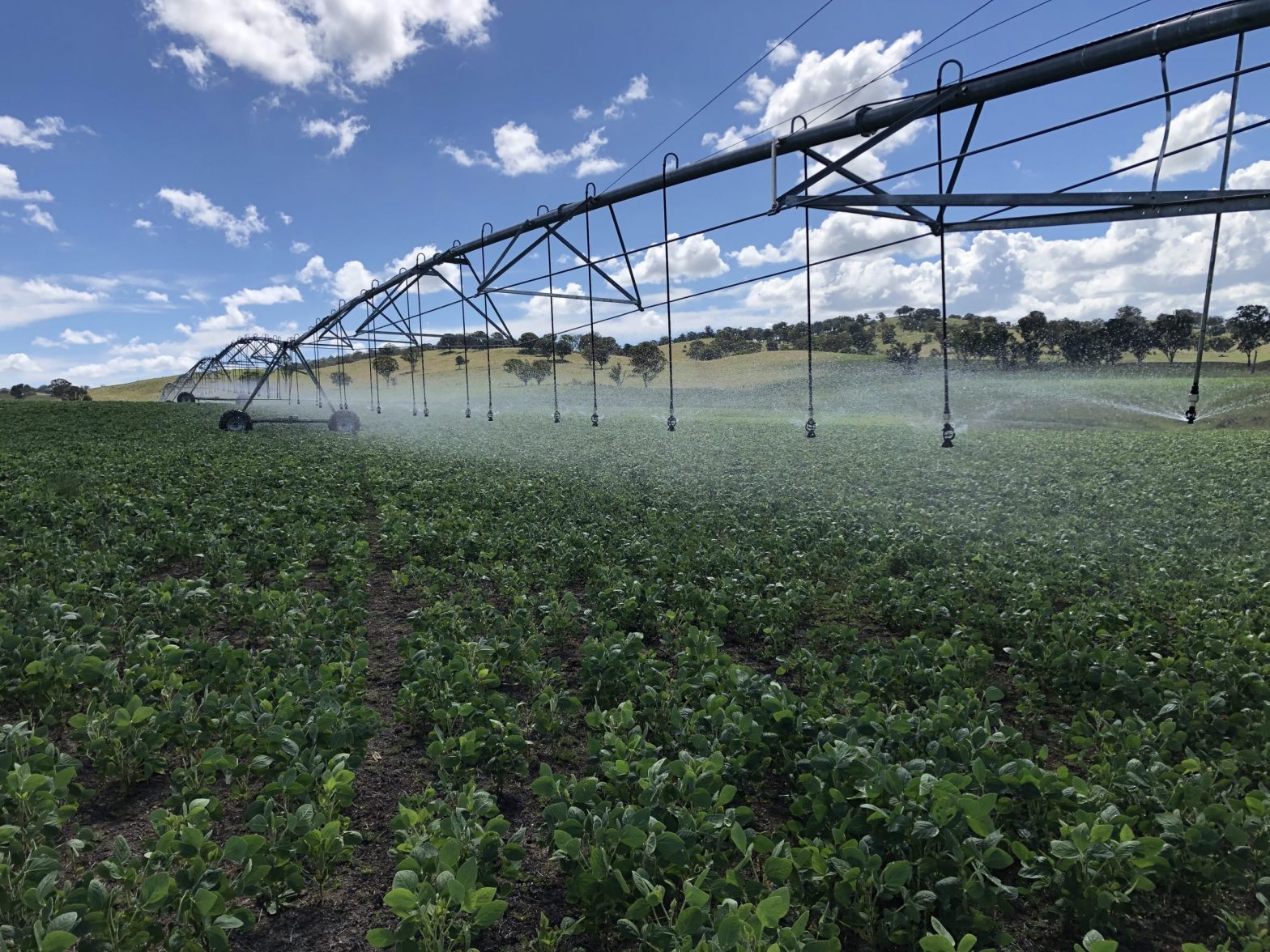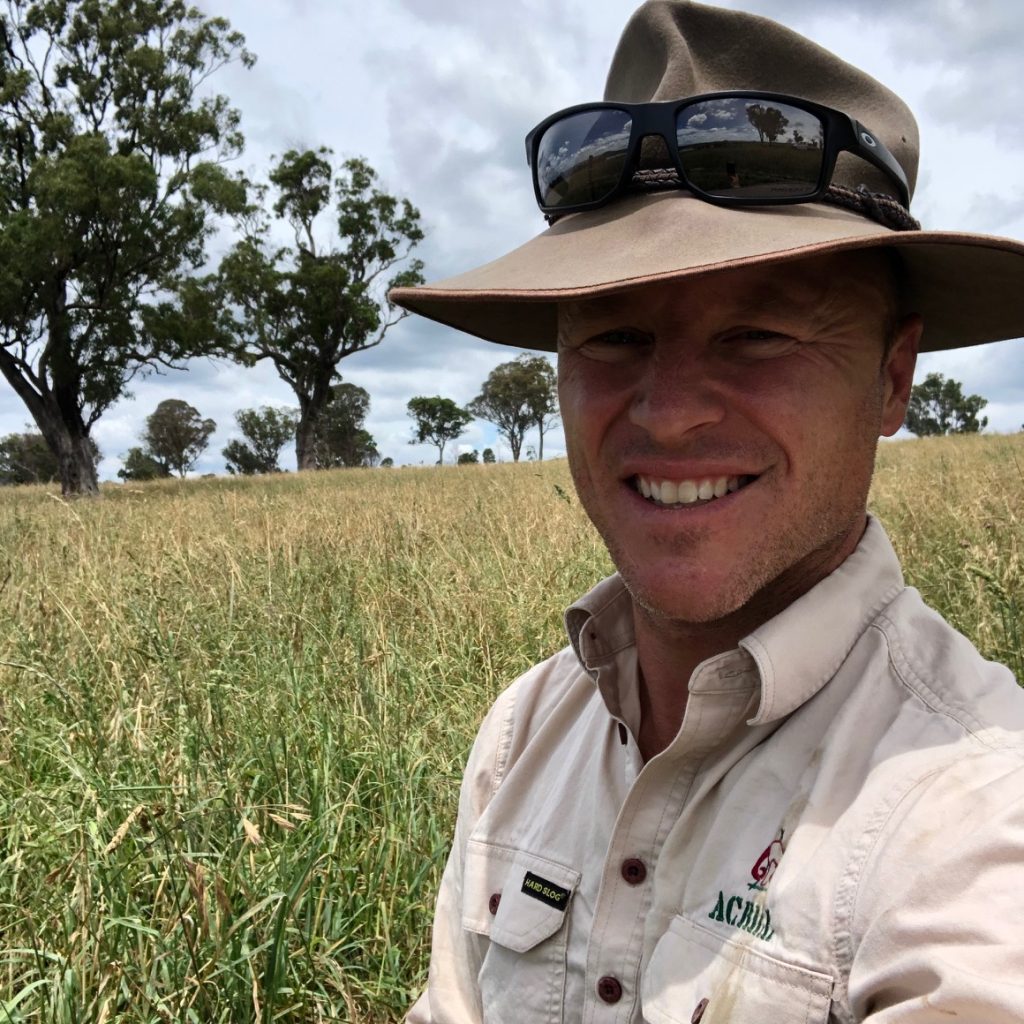MEASURING TO MANAGE CREATES UPSIDE IN GRAZING ENTERPRISE

Sixth-generation grazier Charles Coventry of Achill Station, Armidale, is a firm believer in regular, controlled data collection in order to make faster and more precise decisions and ultimately create upside for his sheep and beef enterprise.

When data collection is time-efficient and cost-controlled, it is possible to create genuine productivity gains for farm businesses.
That’s the message from Armidale-based grazier Charles Coventry, managing director of Achill Station Pty Ltd, near Armidale, New South Wales.
Charles says technology is generating many opportunities to test and measure the many aspects of a grazing business, which is critical for farmers keen to enhance performance, boost profitability, and importantly, tell their stories objectively.
Achill Station totals 6,300 acres of undulating country and is a mix of part native (fertilised and clover), part improved pastures. Charles practices rotational grazing across three main enterprises being Angus cattle, superfine Merino sheep, complemented by a centre pivot for cash-cropping and fodder purposes.
Charles contracts agronomists for strategic support and guidance on a tailored fertiliser program. This entails annual soil mapping, testing and, consequently, variable application rates being applied where necessary.
Charles appointed Precision Pastures as he was seeking variable mapping services and a data-driven approach to pasture management.
While annual data collection and analysis forms a key part of the strategy at Achill Station, Charles says he always maintains a long-term view.
“Variable rate fertiliser application has an indirect correlation to your profit in the following year, but for us it’s about securing profitability over the next five-to-ten years,” he says.
“Over time, its about improving our wool clip, our carrying capacity, and allowing us to fatten and finish to meet specific weights. Importantly, we try to remain within the Buffer P Index*, optimising the cost efficiency of the fertiliser applications, so in theory, we’re not overdoing or underdoing it.”
This approach allows for faster and more precise decision making too, Charles says.
“The value of the data is not in the ‘one-off’ but also in regular mapping to pick trends – it gives you the history and the trendline and that’s very important. Any one set of data only gives you one part of the picture, however it comes together like a jigsaw puzzle, as a result of historical data being compared in combination with your current data – that is invaluable.”
This was particularly evident post-drought, where soil testing had produced anomalies, yet the historical data served as “an anchor of perspective” for Achill Station’s drought recovery.
“We can therefore better optimise our stocking levels and build up greater diversity of [pasture] species because we are protecting ourselves from overgrazing – which is a little ironic coming out of the drought,” Charles says.
In addition to year-on-year soil testing, Charles is exploring carbon farming and is keen to understand Achill Station’s carbon footprint, an opportunity Precision Pastures has been assisting with.
Charles believes every management practice that is improving soil carbon is also benefiting his financial position in the long run, by looking after pasture, animals and soil structure together. However, the benefits may not be restricted to inside the farmgate.
“We are only at the very immature stages of our knowledge curve on carbon, but we’ve got to bed down that knowledge path as quickly as we can, because not only is it the greatest way we can arm-wrestle climate change, it’s good for our sustainable profitability,” he says.
“Through carbon farming, there is potential opportunity around improved branding and imaging of our farm, the opportunity to sell carbon, the potential for financial return, and to participate in shaping the right message around the contribution we are making to the environment, which can help us positively impact climate change.”
* The Phosphorus Buffering Index (PBI) approximates a soil’s ability to ‘fix’ or improve phosphorus levels.
